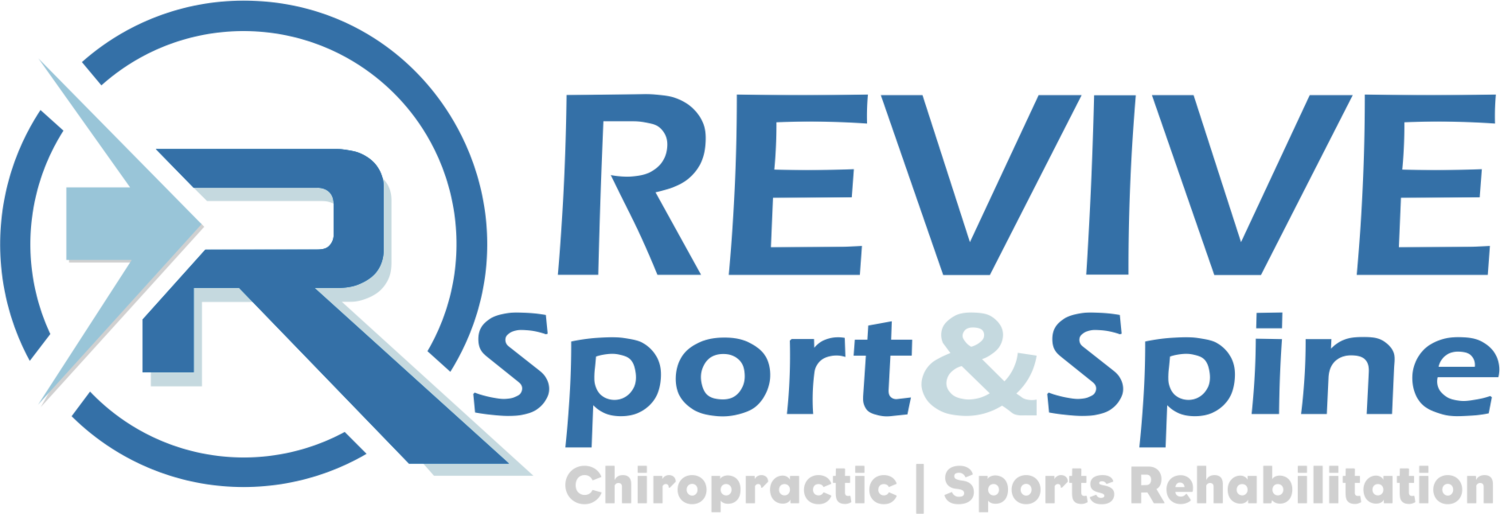The Most Common Causes Of Low Back Pain
In part one of our ‘Fix Your Low Back’ series, we discussed the 3 categories of back pain; Functional, Structural, and Pathological. As we learn about low back pain, we find that these groups interact with each other frequently. Essentially, these are medical definitions used to categorize your low back pain, but let’s step back and take a look at how your everyday actions could be the primary cause of your discomfort.
As an example, let’s say you sit at a desk for 8 hours each day. From here, you head to the gym where you like to lift weights and improve your cardio. It has been shown that repeatedly lifting heavy objects with a rounded spike (functional), can lead to disc bulges (structural). For many, we just hit the nail on the head as to where your back pain is coming from, for others, we are going to dive into the most common’s and discuss how a simple change in activity can make all the difference.
THE THREE MOST COMMON CAUSES OF LOW BACK PAIN
While our cohort population is small, we have found that low back pain presenting to our chiropractic clinic in the Salt Lake City, Utah valley typically falls into three categories:
SEDENTARY LIFESTYLE & WORK ENVIRONMENT
Studies show that people sit on average, 8 hours per day, with some sitting upwards of 15 hours. Honest question...do you sit with good posture? I know I don’t! After 5-10 minutes, I feel like I am hunched over. As a result of this, the muscles of our hips and pelvis begin to tighten and the muscles of our core begin to disengage. This leads to what is called an anterior pelvic tilt which prevents a neutral and happy spine, causing abnormal compression and stress on the disc and excess strain on the low back muscles as they over engage trying to perform the job of the core and hip muscles, essentially causing what we call Lower Crossed Syndrome. It is said that sitting is the new smoking, this may not be exactly true, but I get the reference. Either way, you look at this, the truth is that we have to get up off your butt, move, and do it often.
Solutions To A Sedentary Work Environment
Walk to deliver messages instead of using email.
Take the stairs and park farther away.
Halfway through your morning and afternoon, get out of your chair and perform the following
Wall Push-Ups x 10
Body Weight Squat x 10
Hip Flexor Lunge Stretch x 10
Plank x 30 seconds
BUTT & GUT SYNDROME
The Butt & Gut Syndrome has developed out of the sedentary lifestyle. When we sit for long periods of time, day in and day out, we are unable to use the muscles of our Butt & Gut efficiently. If you are sitting on your glutes (butt) all day, they are unable to contract, the same goes for our core when we sit hunched over a keyboard/desk/cell phone all day. This weakening of the main supporting cast of our lower spine causes the muscles of the back to overwork as it is now doing the job of these weakened muscles when you are walking, running, cycling, lifting weights, gardening, or just sitting on the couch. Simply put, you have to get your core ACTIVE!
Solutions To Help Your Sedentary Home-Lifestyle:
Walk with family after dinner.
Perform the TV challenge - 10 Reps each of Push-ups, Sit-Ups, and Body-Weight Squats EVERY commercial break.
IMMOBILITY & STIFFNESS
Not only does sitting for long periods weaken muscles, but it can also lead to stiffness above and below the low back area. Many of us have felt the pain between our shoulder blades, or feel like our hips just don’t move like they once did…you know….back in our prime. Did you know that this stiffness can come from a low back issue, but more times than not, this is the root cause of the problem? When we have stiffness through the middle back and hips, the low back must adapt from a stable environment to act as a mobile environment, something it should not do and is very dangerous to your overall wellbeing and function. When the low back compensates for other areas of joint stiffness, problems can and will occur.
Solutions To Help with Immobility & Stiffness:
Start or increase the amount you walk each day.
Develop a stretching routine you can maintain.
Lift weights, run, swim, play tennis, take up yoga, just do something that makes you move!
Improve your mobility with one of these routines.
Have you started noticing the pattern here yet? If you have picked up on the fact that we sit too much, and activity as simple as walking can bring lasting relief, you are correct. A recent study in the Journal of Disability Rehabilitation showed that walking was effective in improving pain, disability, quality of life, and fear-avoidance among chronic low back pain sufferers. With that said, I want to end part 3 of this series with a light of hope…
…most back pain is treatable and preventable!
Stay tuned for part 4 of our fix your low back series. We will be discussing common myths that need to be cleared up as well as red flags that must be addressed before treatment can begin.
Dr. Reheisse is a Board Certified Chiropractic Sports Physician practicing in Cottonwood Heights Utah. Revive Sport & Spine provides evidence-supported chiropractic care and conservative sports injury management.




